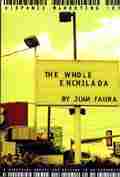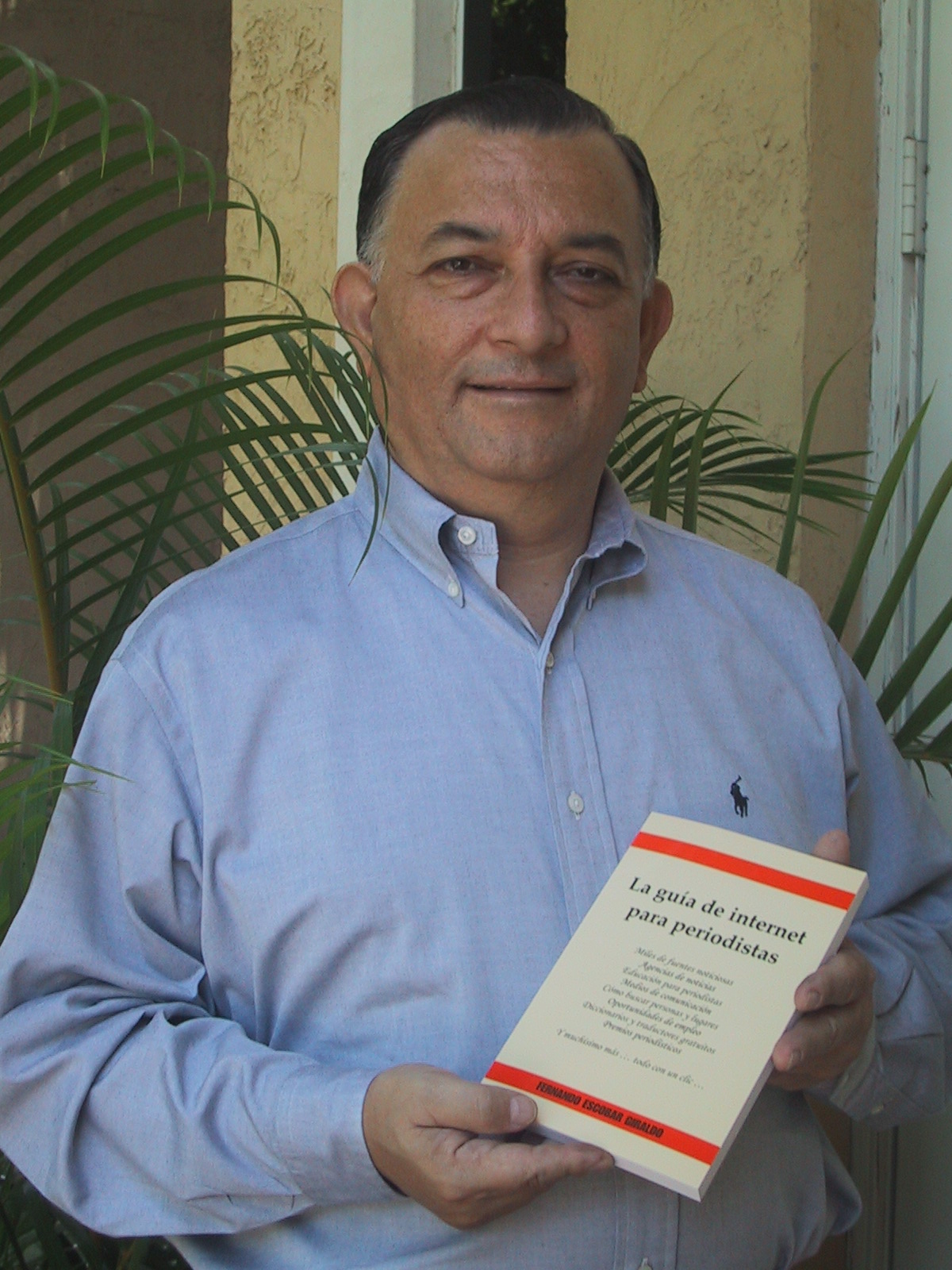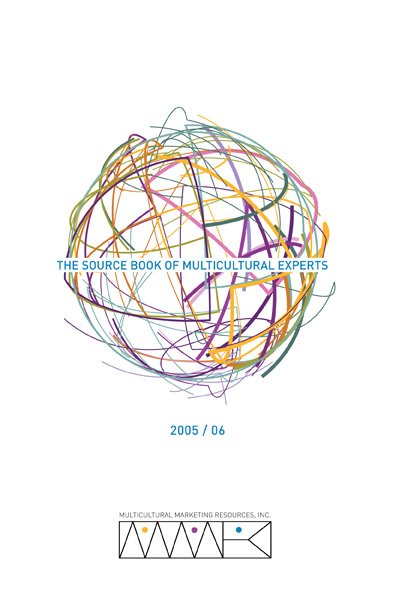Posted by Elena del Valle on September 19, 2005

Author Juan Faura
But I Don’t Speak Spanish!
by Juan Faura
If you don’t speak Spanish, you might be thinking, “How in the world am I going to service these consumers if I can’t speak their language?”
Let’s analyze that. If you are selling a product, it is the product that is going to attract them and serve them, isn’t it? What you want is for the consumers to buy that product. If you are selling a service, the first step is to get them through your door or to pick up the phone.
As we know, there are a number of excellent translation services that can translate your materials, and there are also many small companies that can adapt your ads to fit the market. Once you have the customers calling or coming through the door, it will be much easier to determine the best way to service them, whether that means hiring a bilingual employee, a freelance translation company or a phone interpreter service. The key is to get the customers coming in or buying the product first.
First, Show Respect
The truth of the matter is that the best way to sell any customer coming through your door is to show them respect and to provide them with the attention that they deserve. While language facilitates that, it is not the only way to do it and in fact is not even a prerequisite. Along those lines, I would argue that the use of the following five phrases would immediately engender a connection to any Hispanic consumer, and if you learned not another word of Spanish these five phrases could be sufficient to make your business a Hispanic-friendly business.
Buenos días/tardes/noches (Good morning/afternoon/evening)
Uttering these words when coming upon a potential customer at a store or restaurant, for example, immediately says, “I recognize your culture, and I would like to try to make you feel comfortable in my store.” The Hispanic consumer comes away with the impression that this is a Hispanic-friendly place, somewhere he or she would enjoy returning to.
¿Cómo esta(s)? or Cómo le/te va? (How are you? or How is it going?)
Using this one will probably earn you a smile and a polite “Bien gracias.” Sometimes it may earn you a string of words because it is immediately assumed you speak the language. In either case, you can benefit from this because you will once again be showing respect and understanding.
¿Cómo le/te ayudo? (How can I help you?)
This is a direct way of showing to your Hispanic customers that you are willing and able to help them even though you do not speak the language.
Que le/te vaya bien
The actual translation of this phrase is “May things go well for you,” but for practical purposes it is very similar to “Have a nice day.” This is a casual and easy-going way to say goodbye and at the same time make your shop inviting to your Hispanic customers.
Con mucho gusto or Mucho gusto
This phrase is like a two for one. Con mucho gusto means “With pleasure,” and it is something you would say when you are asked for something or to do something. Mucho gusto means “It’s a pleasure to meet you.”
It seems so insignificant that learning a few phrases in a language can make that much of a difference, but they do. Learn from your customers. When they come in and you greet them in Spanish, listen to how they answer and learn what comes after that. You may not be fluent, but with each bit that you learn you will be deepening your relationship with your customers.
Notice that in some of these phrases there are two ways of saying something. That is because one way is formal and the other is informal. Como le va? is formal and Como te va? is informal, and similarly with the other phrases.
Excerpted from The Whole Enchilada: Hispanic Marketing 101
Reprinted with permission. ©2004 Paramount Market Publishing, Inc., Ithaca, New York (www.paramountbooks.com). Toll-free 888-787-8100.
Purchase "The Whole Enchilada"

Comments:
Filed Under: Books
Posted by Elena del Valle on August 23, 2005

Fernando Escobar Giraldo
Miami, Florida August – 2005 Veteran Hispanic reporter Fernando Escobar Giraldo writes an Internet guide for Spanish speaking reporters in Spanish. Titled La Guia de Internet para Pariodistas (Spanish for The Internet Guide for Journalists) it is meant to facilitate the work of journalists in all fields and in all mass media as well as that of journalism professors and students.
The book and CD ROM contain practical information on Internet use and a comprehensive access guide to more than a million news sources, hundreds of job opportunities for journalists, scholarships, live television and radio from different parts of the world, United States and Latin America universities, front pages of renowned newspapers worldwide, dictionaries, public records, news agencies, mass media, instantaneous translations, and hundreds of organizations related to health and finances.
“It was a two-year investigation. There are wonderful things in this work that are unknown to the majority. And it will not only be useful to journalists but to writers, all types of organizations, investigators, scientists, public officials, economists, medicine professionals, educators, etc.,” said Escobar Giraldo.
Fernando Escobar, a Colombian lawyer and writer who has lived for more than 20 years in the
United States, is a journalist for the Univision network national news.
Founder of the weekly magazine
La Aurora and the bilingual magazine
Puntos Dallas, Texas, he is a former RCN and Caracol Miami news director and
author of several books.
Has worked with five Internet journalism companies and managed Univision’s
Tu Consejero online section for five years.
La Guia de Internet para Pariodistas is available by mail for $14.50.
Posted by Elena del Valle on August 2, 2005

NEW YORK CITY –Multicultural Marketing Resources, Inc. published the 2005-2006 edition of The Source Book of Multicultural Experts (ISBN 0-9666315-7-9), which includes multicultural market information and an advertorial list of multicultural experts. Published in a desktop handbook size, The Source Book of Multicultural Experts ($59.95) is available free of charge to journalists.
More than 200 companies and organizations are listed with full contact information including a partial list including description of services. In September 2005, an excerpt of this year’s edition will be posted at www.multicultural.com/experts. Currently, the 2004/05 listings are available for viewing.
The book contents are comprised of paid listings and editorial content. Paid listings include: Cross-reference listings of companies by business type (e.g. ad agencies, large corporations, professional organizations, seminars, research firms) and industry area of expertise (e.g. financial services, entertainment, telecommunications). Market sections are sponsored by leading advertising agencies. This year’s cover, was designed by section sponsor Prime Access, Inc.
Statistical highlights from the expert-written Source Book articles (based on Census 2000 results) include insights on diversity markets. African American households with annual incomes that exceed $75,000 now stand at 14 percent, comparable to the Hispanic market at 15 percent. The percentage of the general market stands at 28 percent. Asians boast the highest household income level of all groups in the U.S., and they also have the highest level of educational attainment (44 percent holding B.A. degrees or higher) and among the strongest rates of business and home ownership.
The average Filipino household in the U.S. has a household income of $59,000, a $35-billion market. In-language communications are crucial for effectively reaching foreign-born Hispanics. According to Simmons Research, 75 percent of U.S. Hispanics prefer to speak Spanish. The gay consumer marketplace represents some 15 million ethnically diverse consumers (age 18+) with combined buying power of $610 billion annually. The Census results provide corporate America, advertisers, retailers and marketers information to understand the value of developing business plans that attract ethnic consumers.
Many companies listed in The Source Book have also been profiled in Multicultural Marketing News, a bi-monthly advertorial newsletter published by Multicultural Marketing Resources, Inc. and in the emailed newsletter, MMRNews. "We decided to publish the first Source Book of Multicultural Experts because of the volume of calls we were getting from reporters seeking diverse sources for stories and from marketing executives looking for experts to help them reach ethnic customers," said Lisa Skriloff, publisher, The Source Book of Multicultural Experts and president of Multicultural Marketing Resources, Inc.
Multicultural Marketing Resources, Inc. is a NYC-based public relations and marketing company representing experts in marketing to multicultural markets, businesses owned by minorities and women as well as corporations with diversity and multicultural advertising news. Now in its eighth year, the 2005-2006 edition is an updated and expanded edition of The Source Book of Multicultural Experts, first published in July 1998. The Source Book of Multicultural Experts costs $59.95 + $3.50 shipping (+$5.17 tax for NY state addresses). Details at www.multicultural.com
Comments:
Filed Under: Books
Posted by Elena del Valle on June 14, 2005
Santa Barbara, CA–June 13, 2005–Hispanic women are a rapidly growing segment of the U.S. population, with especially large representation in younger age groups. By 2050, Hispanics are forecasted to comprise nearly one quarter of U.S. women, according to the HispanTelligence(R) research report "Hispanic Women in Profile 2005" recently released by Hispanic Business Inc.
The report also reveals that native-born Hispanic women have higher educational attainment and average earnings than do foreign-born Hispanics, thereby narrowing the differences between Hispanics and national averages. While only 2.9 percent of Hispanic women have advanced degrees, the ones that do have higher average annual earnings ($58,623) than all women with advanced degrees ($50,756).
"From 1979 to 2002, Hispanic women gained a 10 percent increase in real earnings, increasing median annual earnings from $18,720 to $20,592. The wage gap, the difference in earnings between men and women, is smaller among Hispanics than whites. Hispanic women earn 88 percent of Hispanic men’s earnings, while white women earn only 78 percent of white men’s earnings," stated the author of the study, Andrea Lehman, HispanTelligence(R) Business Economist.
Another interesting finding described in the report is that the number of firms owned by Hispanic women has increased by 63.9 percent between 1997 and 2004. The number has passed the half million mark with 553,618 Hispanic women-owned businesses in 2004.
What do these key findings mean for the future of Hispanic women? Hispanic women will have an increasing impact on the face of the U.S. economy that cannot be ignored – especially in entrepreneurial and small-business ventures. Details at http://www.hispanicbusiness.com/research/
Comments:
Filed Under: Books
Posted by Elena del Valle on June 6, 2005
New titles will be published under the company’s Atria division and will focus on English language adult titles written by Hispanics initially. Topics planned include fiction, non-fiction, Christian and evangelical works, self-help and practical how-to guides. Atria is apparently discussing a ling of books in collaboration with Telemundo.
Comments:
Filed Under: Books
Posted by Elena del Valle on March 5, 2005
A second generation Mexican-American, recounts his life and the lessons of growing up in an ethnically diverse neighborhood. Concurrently, he focuses on the dilemma of those he labels “White Tortillas,” Americans caught in their own purgatory of ambivalence, unable to “fit in” with either their native or the dominant cultural society.
(PRLEAP.COM) The book took on a larger role and meaning as his term the “White Tortilla” took hold. “This is a book for the ‘hyphens’ of America,” says Diaz. “Whether Mexican-American, Italian-American, Chinese-American, or so on, this book relates a common story of determination in the midst of stereotyping, bigotry and discrimination.” More
Comments:
Filed Under: Books













